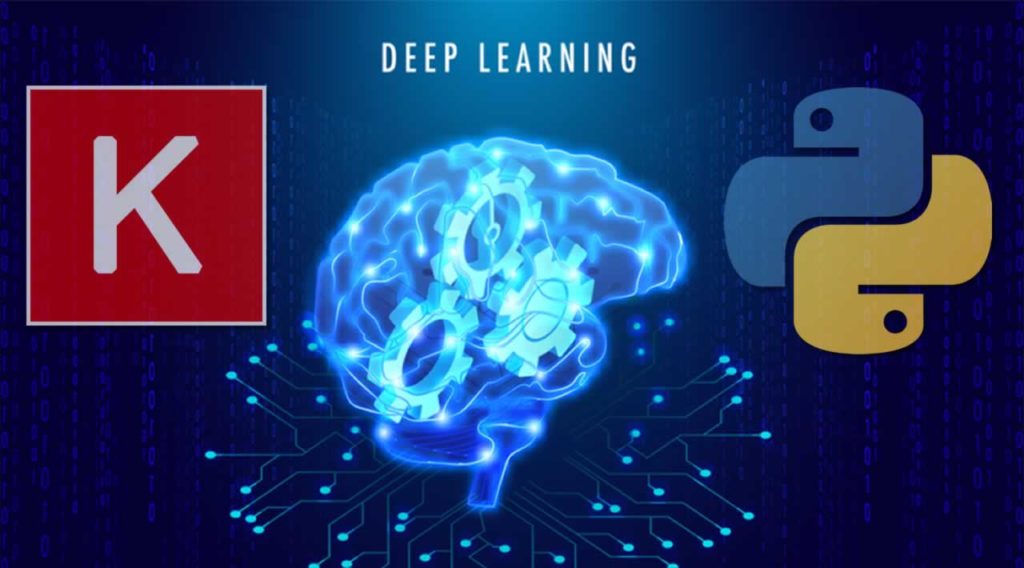How to build simple Feed Forward Neural Network in Keras

A feed forward neural network is a type of machine learning model that is used for tasks such as image recognition, speech recognition, and natural language processing. It is called a “feed forward” neural network because the data flows through the network in one direction, from the input layer to the output layer, without looping back. In this essay, we will be discussing how to build a simple feed forward neural network using Keras, a popular open-source library for building deep learning models.
First, you will need to gather a dataset for your model to learn from. This dataset should include examples of the input data and the corresponding output data, and should be split into a training set and a test set.
Once your data is ready, you can start building your model using Keras. Keras makes it easy to build deep learning models by providing a high-level, user-friendly API. To create a feed forward neural network, you will need to use a type of model called a “Sequential” model. This type of model allows you to stack layers of artificial neurons on top of each other to build a neural network.
In Keras, you can create a feed forward neural network by using the “Sequential” model and adding layers to it. The first layer is typically an “input” layer, which defines the shape of the input data. The next layer(s) is called the “hidden” layer(s), which learn to extract features from the input data. The final layer is the “output” layer, which outputs the predicted output.
After creating your model, you will need to compile it by specifying the loss function and optimizer to use. The loss function measures how well the model is doing, and the optimizer updates the model’s weights to try to improve its performance.
Finally, you will need to train your model by providing it with your training data and specifying the number of training iterations (also called “epochs”). The model will use this data to learn the relationships between the input data and the desired outputs.
After training your model, you can use it to make predictions on new examples by providing it with input data and calling the “predict” function. You can also evaluate its performance on the test set by calling the “evaluate” function.
In summary, building a simple feed forward neural network in Keras involves gathering a dataset, building a model using the Sequential model, compiling the model by specifying the loss function and optimizer, and training the model using the training data. Once the model is trained, it can be used to make predictions on new examples and evaluate its performance.
In this Applied Machine Learning & Data Science Recipe, the reader will find the practical use of applied machine learning and data science in Python & R programming: Learn By Example | How to build simple Feed Forward Neural Network in Keras?
170+ End-to-End projects in Python & R to build your Data Science portfolio.
Introduction to Applied Machine Learning & Data Science for Beginners, Business Analysts, Students, Researchers and Freelancers with Python & R Codes @ Western Australian Center for Applied Machine Learning & Data Science (WACAMLDS) !!!
Use this coupon – WACAMLDS80 to get 80% discount on Applied Data Science Coding Recipes at WACAMLDS.
Western Australian Center for Applied Machine Learning & Data Science – Membership
Latest end-to-end Learn by Coding Recipes in Project-Based Learning:
All Notebooks in One Bundle: Data Science Recipes and Examples in Python & R.
End-to-End Python Machine Learning Recipes & Examples.
End-to-End R Machine Learning Recipes & Examples.
Applied Statistics with R for Beginners and Business Professionals
Data Science and Machine Learning Projects in Python: Tabular Data Analytics
Data Science and Machine Learning Projects in R: Tabular Data Analytics
Python Machine Learning & Data Science Recipes: Learn by Coding
R Machine Learning & Data Science Recipes: Learn by Coding
Comparing Different Machine Learning Algorithms in Python for Classification (FREE)
Portfolio projects for Aspiring Data Scientist and Artificial Intelligence Specialist. Links are below:
Subscribe SETScholars on YouTube.
Western Australian Center for Applied Machine Learning & Data Science – Membership
Learn By Example | How to setup a Deep Learning Model in Keras?
Learn By Example | How to add a Weight Regularization (l2) to a Deep Learning Model in Keras?
Learn By Example | How to use RandomNormal initializer to a Deep Learning Model in Keras?